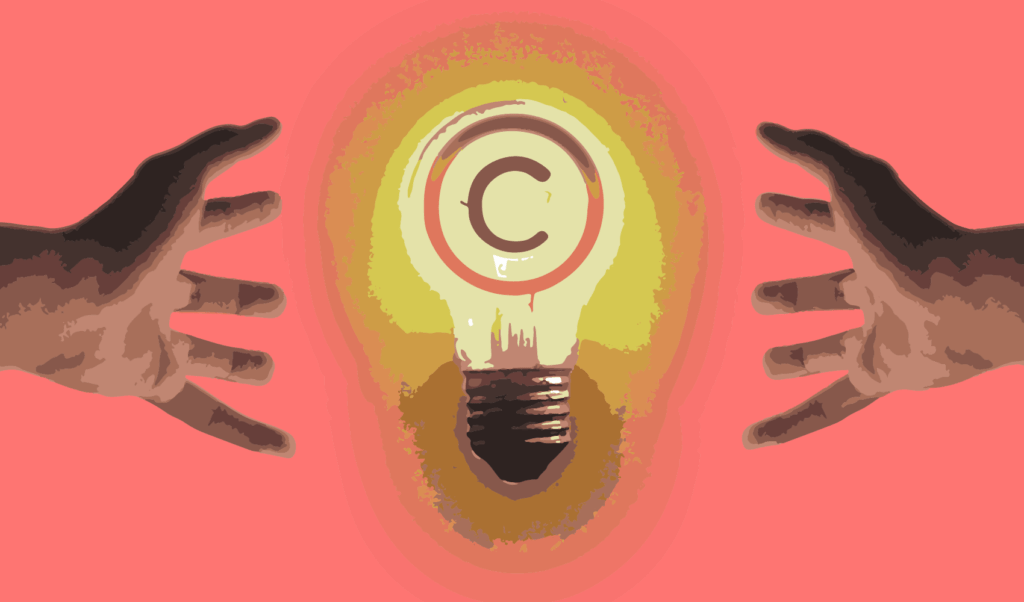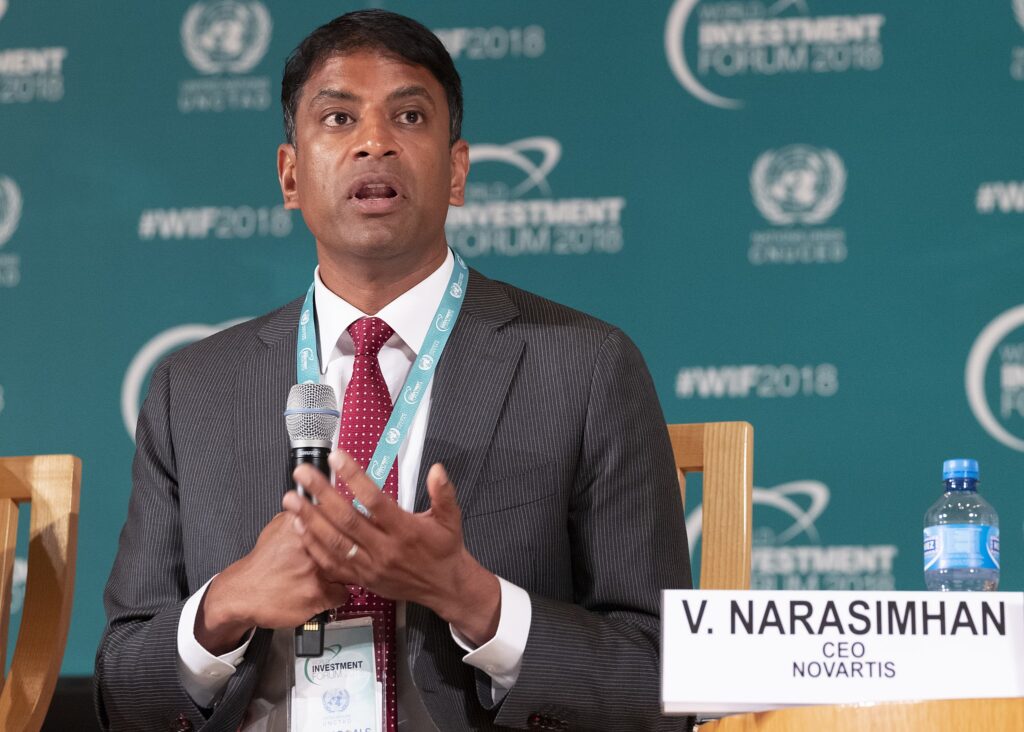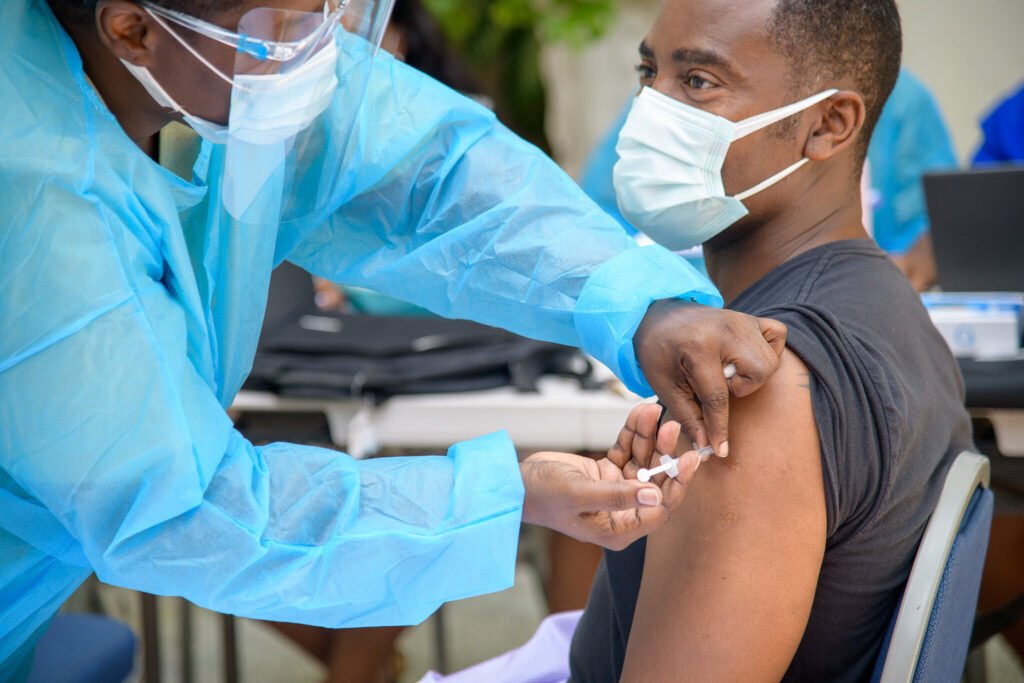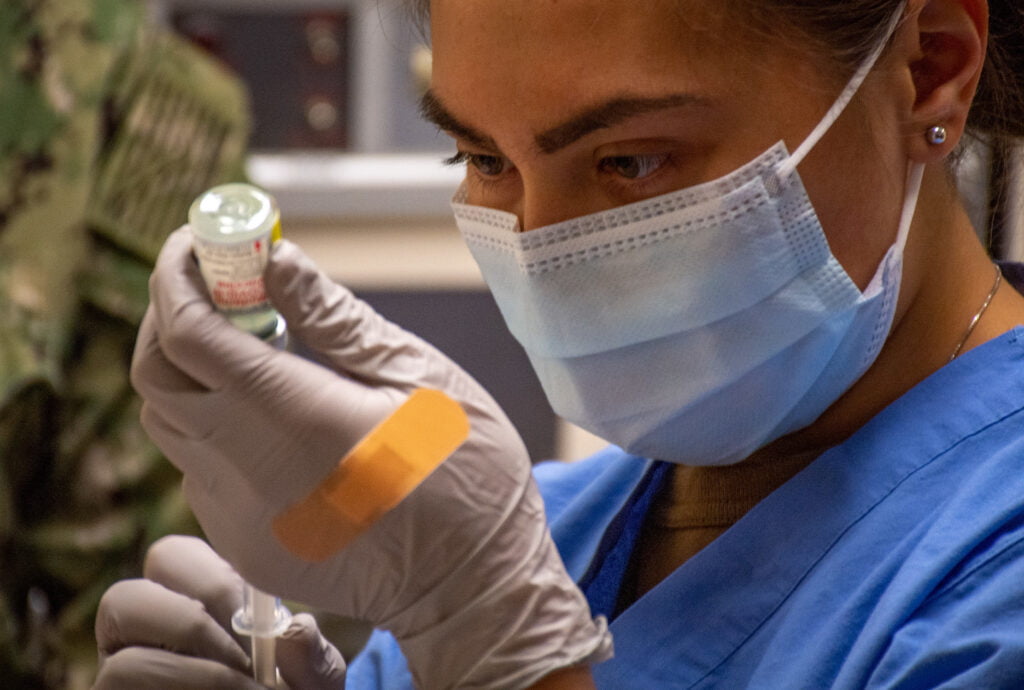IP laws are supposed to work to aid pharmaceutical innovation in rich nations. Can a new system support treating illnesses rife in developing economies, too?
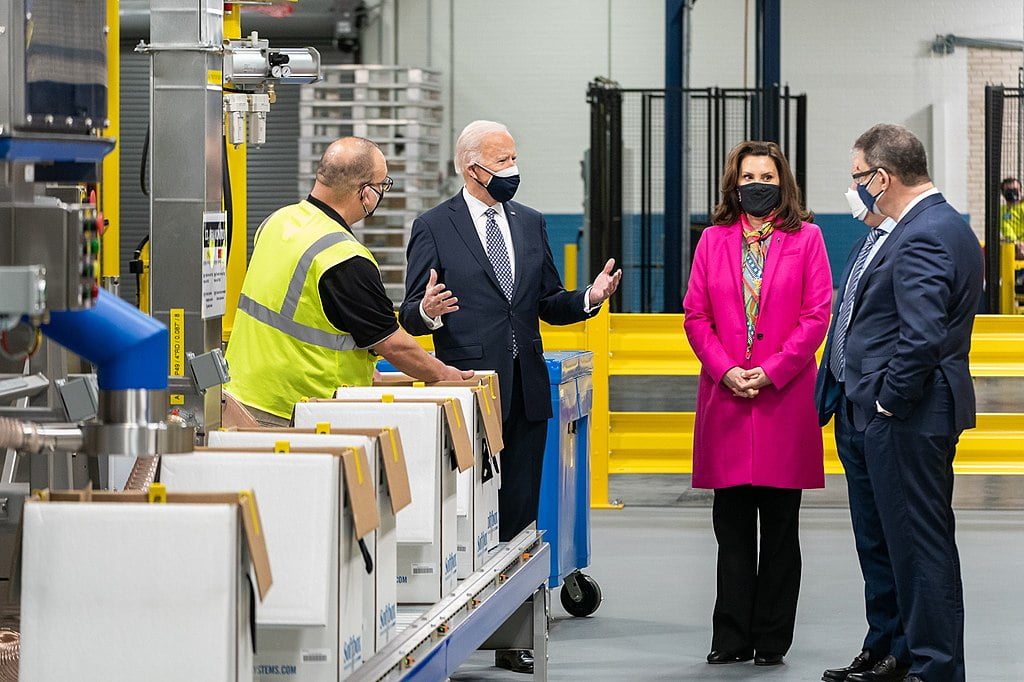 State leaders such as US President Joe Biden (left) and pharmaceutical heads such as Pfizer CEO Albert Bourla (right) will shape the IP policy of the future. : The White House/Adam Schultz, Wikimedia Commons CC BY 4.0
State leaders such as US President Joe Biden (left) and pharmaceutical heads such as Pfizer CEO Albert Bourla (right) will shape the IP policy of the future. : The White House/Adam Schultz, Wikimedia Commons CC BY 4.0
IP laws are supposed to work to aid pharmaceutical innovation in rich nations. Can a new system support treating illnesses rife in developing economies, too?
The World Trade Organization’s limited and short-term waiver of intellectual property (IP) on COVID-related products, announced on 17 June 2022, prompted a passionate response from the pharmaceutical industry. The industry said the rapid development of COVID-19 vaccines justified the continuing need for IP rights. But the real reason vaccines were produced in less than a year after the onset of the pandemic is the €86.5 billion (US$88.2 billion) governments poured into their development.
The industry is taking the lion’s share of the credit for the vaccines while resisting pleas to waive their patents so low- and middle-income countries can manufacture them. Its argument that IP is an incentive for medical innovation ignores the failure of the patent system to enable new treatments for illnesses primarily afflicting poorer parts of the world.
IP is vital for the pharmaceutical industry. According to the Geneva-based International Federation of Pharmaceutical Manufacturers and Associations (IFPMA): “Intellectual Property Rights incentivise innovation, research and development and allow the biopharmaceutical industry to improve existing and bring new medicines, vaccines, and treatments to people and in turn help improve and save lives”.
But there is a very real commercial reason for the industry to support IP. The Trade Related Aspects of Intellectual Property Rights (TRIPS) Agreement gives new medicines (and all other products) 20 years of patent protection from the date the patent application is filed. On average, it takes about 12 years from that point to when the medicine is marketed. That means companies have an eight-year monopoly on their product, during which time no other firm can produce the same drug.
The provisions in the TRIPS Agreement were largely the result of the pharmaceutical industry acting in concert with the software and music industries. Pfizer and its then-CEO, Edmund Pratt, played a key role in convincing the US government to make IP a major issue in the talks that eventually led to the World Trade Organization (WTO) and the TRIPS Agreement.
Those eight years of monopoly protection translate into tens of billions of dollars for some products. Humira, a biologic used to treat various types of bowel disease and arthritis, earned over US$20 billion for its maker, AbbVie, in 2020. And by filing additional patents, AbbVie has put off the expiration of its monopoly on Humira for 39 years.
Given the potential to make billions per year over many years, it’s not hard to understand why the industry aggressively defends even small incursions into what it sees as its patent rights. In the early 1970s, the small Canadian province of Manitoba (population about one million) passed a law making it mandatory for pharmacists to substitute cheaper generic drugs for those named on prescriptions.
The response from the head of the Pharmaceutical Manufacturers Association of Canada could be seen as a veiled threat: “It is each company’s decision whether the size of their Manitoba market will merit the cost of properly servicing that market. If they can’t meet the prices they could be forced out of business”.
A few decades later, compulsory licensing (issuing a licence to a generic company to produce a drug that is still under a valid patent) was proposed as a way to deal with the unaffordability of AIDS drugs in Africa.
Harvey Bale, president of the IFPMA, argued: “If anyone wants to kill incentives for further research into a targeted disease area (e.g., AIDS) then one of the quickest ways to do this is to institute a compulsory licensing regime for drugs that treat that disease. Compulsory licensing benefits nobody except the fortunate commercial entity that is the beneficiary of the largesse offered by such licences”.
After Thailand issued a compulsory licence for an AIDS drug produced by Abbott, the company responded by withdrawing all new drug applications from the Thai Food and Drug Administration.
In April 2022, Pfizer argued that intellectual property is a human right that would be violated if the Dominican Republic issued a compulsory licence for its COVID-19 treatment, Paxlovid.
As the quote above from the IFPMA shows, the industry justifies its passionate defence of intellectual property on the grounds that patent protection is essential to innovation. When it comes to developing new drugs for diseases that predominantly occur in low- and middle-income countries – i.e. neglected diseases – that argument cannot be justified.
Only four new chemical entities were approved for neglected diseases between 2000 and 2011, accounting for 1 percent of the 336 new chemical entities approved during the period. Researchers investigated the effects of the TRIPS Agreement on investment in pharmaceutical research and development (R&D) and concluded that “patent protection in developing and least developed countries did not stimulate investment in new treatments for diseases that primarily affect poorer countries”.
At the same time, patent protection delays the introduction of generic drugs, increasing costs and decreasing access for patients in those countries. Even highly placed people in the pharmaceutical industry recognise the patent system is unsuitable for developing drugs for low- and middle-income countries. As CEO of Novartis Daniel Vasella said: “If you want to establish a system where companies systematically invest in this kind of area, you need a different system”.
In developed countries the situation is different; there, increased patent protection does seem to stimulate R&D investment in diseases that affect high-income countries, but there is still the question of the additional therapeutic value of the medicines that result from that R&D. Independent assessment of treatment gains show more than two thirds of new drugs approved by the Food and Drug Administration and the European Medicines Agency in the decade between 2007 and 2017 lacked high therapeutic value.
And there are costs associated with the patent system. Companies aggressively marketed their patent-protected drugs to the tune of almost US$29.9 billion per year in the United States. Companies spend large sums on legal expenses defending their patents and seeking to extend them, as AbbVie has done with Humira. In the US, from 1999 to 2018, the pharmaceutical and health-product industry spent an average of US$233 million per year, or a total of US$4.7 billion, lobbying at the federal level in defence of the patent system, among other things. All these expenses are ultimately reflected in the price purchasers pay for medicines.
Multiple alternatives to the patent system have been proposed for developing new drugs, especially for low- and middle-income countries, such as the Health Impact Fund, an R&D convention, an R&D prize fund and a public drug development agency. The pros and cons of most of these are discussed in depth in a 2012 report by an expert working group set up by the World Health Organization. It’s time to move beyond discussion and start implementing these alternatives in real life.
Joel Lexchin received his MD from the University of Toronto in 1977. He is a Professor Emeritus in the School of Health Policy and Management at York University in Toronto, Canada, where he taught health policy until 2016. In addition, he has worked in the emergency department at the University Health Network, also in Toronto, for more than 33 years.
In 2019-2021, Joel Lexchin received payments for writing a brief on the role of promotion in generating prescriptions for Goodmans LLP and from the Canadian Institutes of Health Research for presenting at a workshop on conflict-of-interest in clinical practice guidelines. He is a member of the Foundation Board of Health Action International and the Board of Canadian Doctors for Medicare. He receives royalties from University of Toronto Press and James Lorimer & Co. Ltd. for books he has written.
Originally published under Creative Commons by 360info™.


